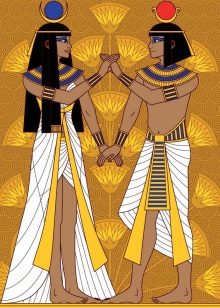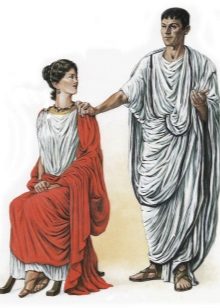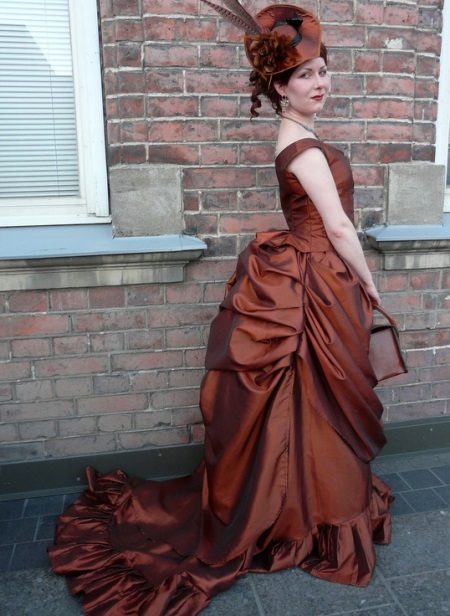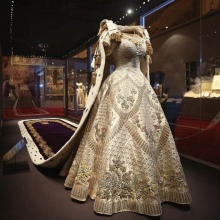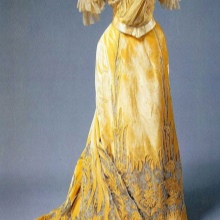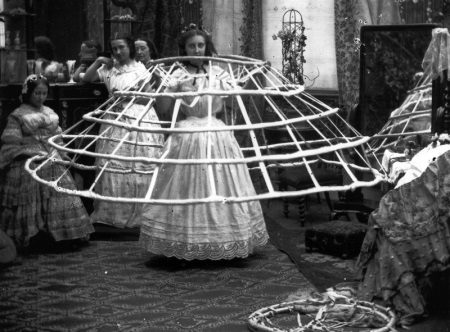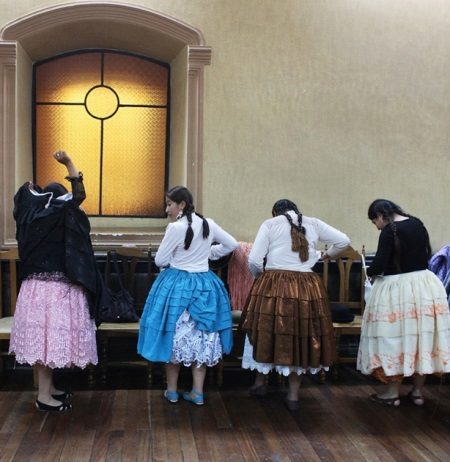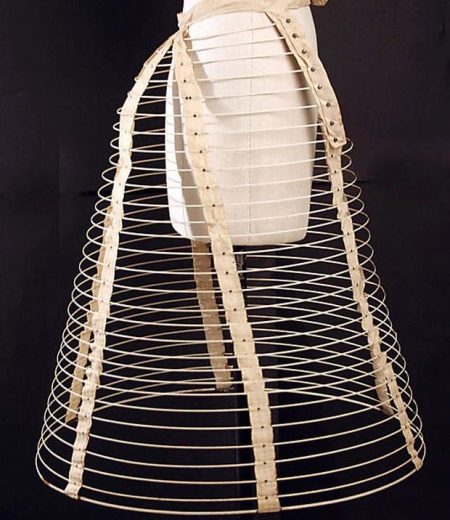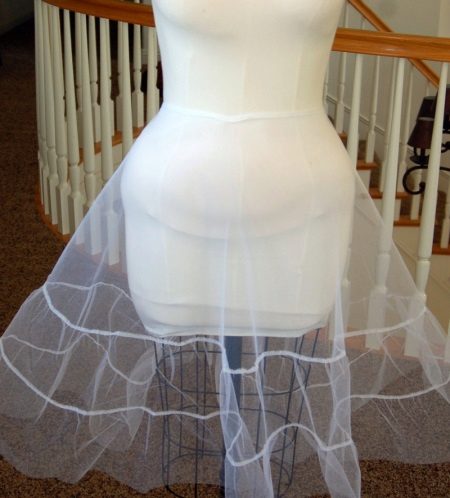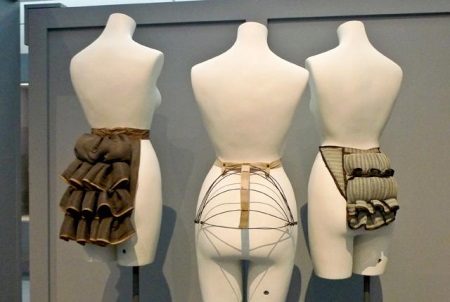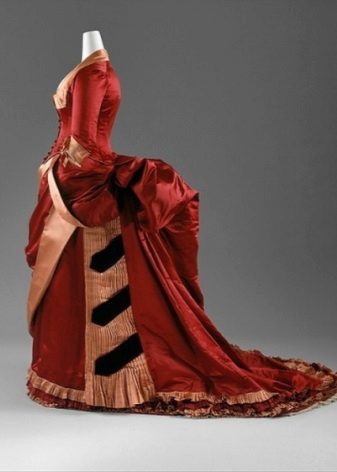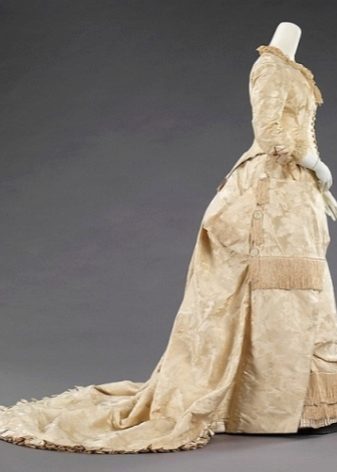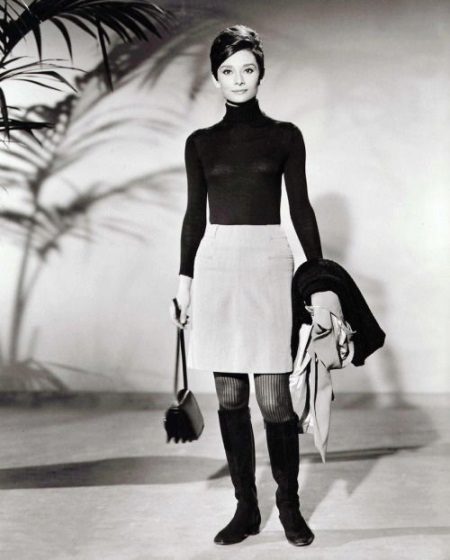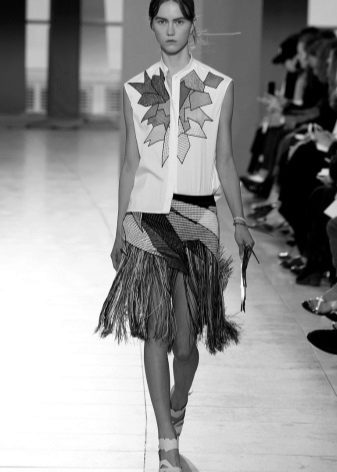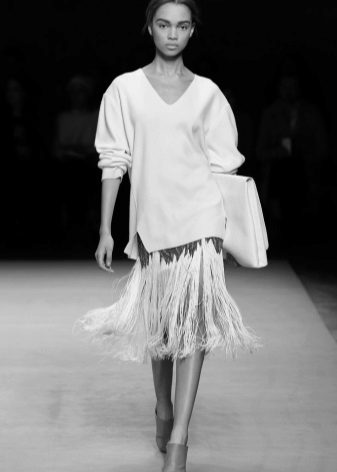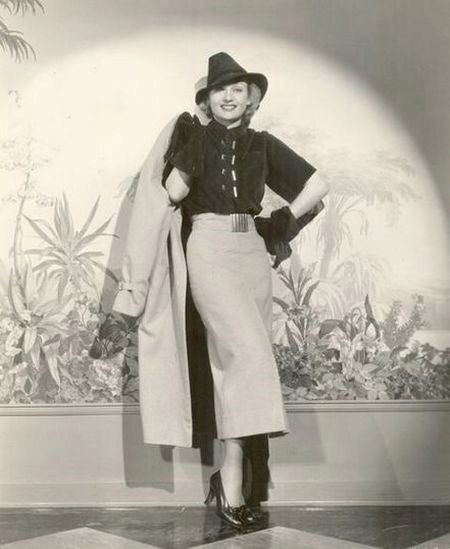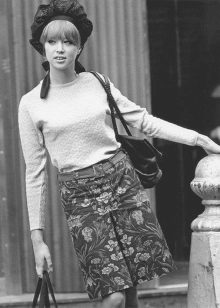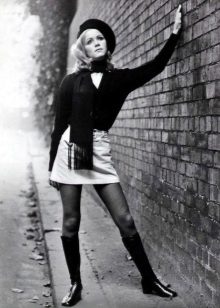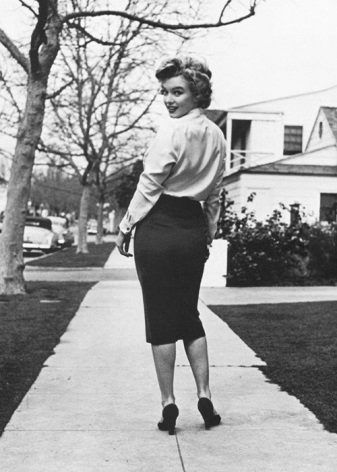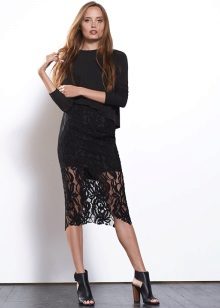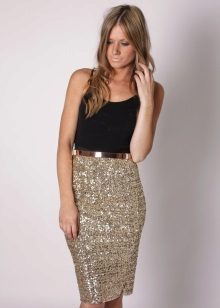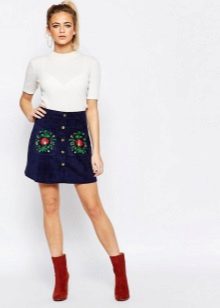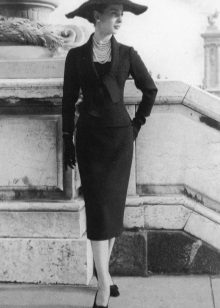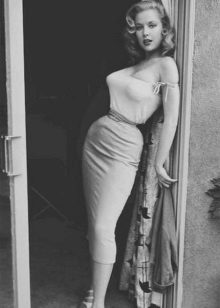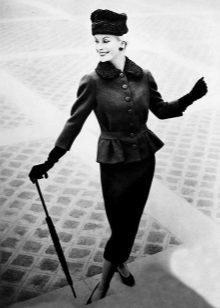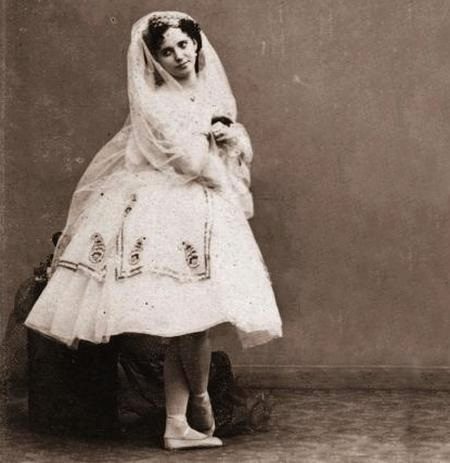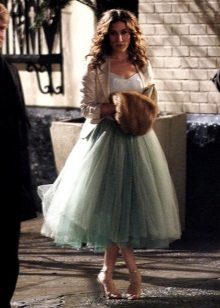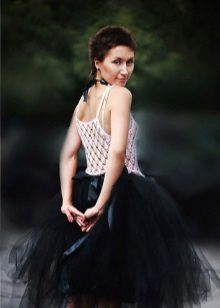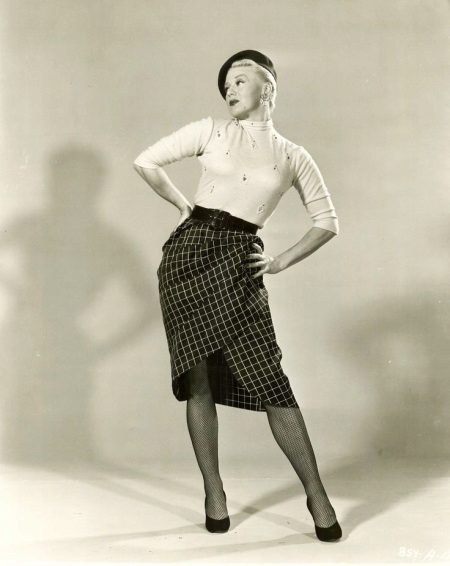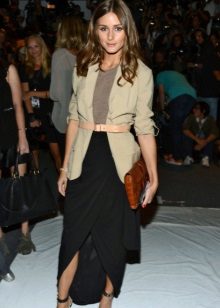Initially, clothing was not divided into female and male. Both those and others covered only the lower part of the body, using mainly animal skins or palm leaves for this purpose.
At the dawn of civilizations, when humanity learned to make cloth, the skirt became not only a piece of clothing, but also an indicator of the social status of its owner:
- In ancient Egypt, worn skhenti - skirt in the form of an apron, which is tied up with a cord around the waist. The longer it was, the more notable and richer was its owner.
- The complex cut of the skirt begins to appear in the culture of the ancient Cretans. Excavations on the ground of the life of this civilization indicate that clothing begins to acquire elements of decoration - ruffles, ruffles, transverse stripes and inserts of fabric.
- The ancient Greeks in the archaic period continued to wear a simple loincloth, in contrast to female models of costumes, which were divided into two parts, the lower one of which was a straight cut skirt.
In the Middle Ages, fashion was forming in Europe. During this period, the bodice separated from the main dress, which allowed the tailor to experiment with the design of the skirt. The types, shape, volume, length and color of skirts have changed. A special role was acquired by the train, which played the same role as the long bandage in ancient history - the longer, the more distinguished its owner. Immediately make a reservation that only ladies close to the Palace could wear it.
The Queen had the longest train with a length of 11 cubits, a little shorter - the princesses wore 9 cubits, the other members of the royal family carried 7, and the Duchess 3 cubits of a train. In church circles, such innovations did not find like-minded people: Catholic priests refused to profess persons who came to them with a train, until they removed these "devilish tails."
Finally, the skirt acquired a female face in Spain in the 16th century, and since that time Spanish women of fashion began to dictate the fashion of the whole of Europe. During this period, fluffy multi-layered skirts appear, which are based on a rigid metal frame consisting of several heavy hoops, called “vedrugos”.
Independently, court ladies could not cope with such a structure, they were helped by servants. To get dressed, the woman had to “enter” into the circle of the skirt, and two servants lifted the hoops and fastened them to the bodice. The top of such a skirt was strewn with precious stones and embroidered with gold, which gave it even greater weight.
French women and Italians eagerly accepted the new fashion, taking over the basis of the vedrugos - the frame of hoops. They modified the shape of the skirt - it acquired the shape of a cone, narrow at the top and widening downwards. A skirt was put on top of the cone, and a cover with an expanding slit on which the person’s financial situation could be assessed — the skirts were also decorated with gold, brocade and precious stones — was put on it.
Starting from the XVII century and to this day, France begins to dictate fashion to the world. Fine French women tried to change the uncomfortable and heavy corsets for lighter dresses. The fashion includes straight dresses, the pomp of which is created only by skirts dressed under the bottom. Each top skirt was slightly shorter than the previous one. In winter, the number of skirts reached 15, and in summer there were 5 enough.
By the end of the century, straight cut goes out of fashion, returns to chic and pomp. The metal in the frame is replaced by a much lighter whalebone. Multi-layering remains, but new elements are added. The underskirt is decorated with lace, which while walking, as if by chance, allowed us to see the female ankle.The clergy were extremely negative about such outfits, and were not allowed into the church.
In the middle of the 19th century, skirts on a frame made of rigid horsehair — crinoline — come into use. It was a very dense matter, allowing to keep the shape of the product. Subsequently, the word “crinoline” began to denote any petticoats with frames, be it metal, wood, or whalebone.
Toward the end of the 19th century, a very interesting element in clothing appeared - the turs. This is a kind of roller, which was placed under the upper part of the skirt in the lower part of the waist, in order to impart particularly magnificent forms to the back.
Some women of fashion overdid it to the extent that they became the object of ridicule by cartoonists of the time, portraying court persons as centaurs.
In addition to stones and gold, lace and embroidery appeared in the décor of the upper skirt.
With the onset of the twentieth century, society is undergoing significant changes, women seeking equality with men. Long loops and corsets go down in history. In their turn come in vogue democratic skirts simple cut.
With the growing popularity of passionate Latin American dances - tango and charleston, the popularity of short skirts and skirts with slits opening legs is growing.
With the onset of World War I, the skirt became even shorter, the knees opened. True, with the advent of the difficult 30s, women returned to the floor skirt models.
In the mid-60s, cardinal changes in the way a woman should look like are taking place in the world - a mini-skirt comes into vogue. Even the first lady of America, Jacqueline Kennedy, began to allow herself to appear in public with her knees open, which further increased the popularity of the mini length. Mary Count, who gave women all over the world the opportunity to flaunt with open legs, received the Order of the British Empire for her product.
But, nevertheless, Soviet women still continued to wear skirts no shorter than the middle of the calf and longer, all other models were subjected to sharp criticism. The light industry of the Soviet Union did not, in principle, produce short skirts, so fashionistas had to sew with their own hands what they liked.
To date, there is no framework and limitations in the length and style of skirts. Each woman chooses for herself those models that she likes and suits her figure and style in clothes. Today you can wear a skirt in almost any situation and in any place - from the office and business lunch to the incendiary party on the beach. Even on the playground, skirts are appropriate - remember how tennis players look sexy on the court in short tennis skirts in the fold.
The most famous fashion designers and high fashion houses do not bypass this item of clothing. Designers come up with many options for styles and colors of skirts, in each new season demonstrating their skills. The combination of interesting cut and various decorations, such as embroidery, applications, beads and rhinestones, makes the choice of skirts so diverse that no woman can resist this type of clothing, choosing for herself what she needs.
Stories of the appearance of certain types of skirts
Pencil skirt came into being thanks to the unsurpassed Coco Chanel, who, following the little black dress, created a new masterpiece - a black knee-length skirt with a high waist, tight hips, and tapering down. In the mid-40s, Christian Dior diversified this model a bit at his show, and soon the new style was loved by the whole world. The famous Marilyn Monroe often pleased her fans by appearing in public in just such a skirt.
Tutu skirt was created at the end of the 19th century especially for the ballet dancer of the Sylph ballet Maria Taloni.
For a while, packs were only an attribute of the stage, but by the mid-twentieth century, many high fashion houses were inspired by the pomp of this model, and not only dancers began to wear this skirt.And by the end of the century, thanks to the TV series “Sex and the City,” where the main character proudly flaunts the city in a tutu, the most notorious women of fashion began to appear in such skirts, boldly experimenting with the style, color and length of the models. So they became the main attribute when creating bold and bold images, but at the same time feminine and very sexy.
Tulip Skirt appeared on the catwalks in the 70s of the last century, when the famous pencil skirt already bored designers. The tulip was a skirt, narrow at the waist, with an extension at the hips and tapering downwards.
This style has firmly taken root in women's wardrobes to this day, despite the fact that the pencil model has returned its popularity.


